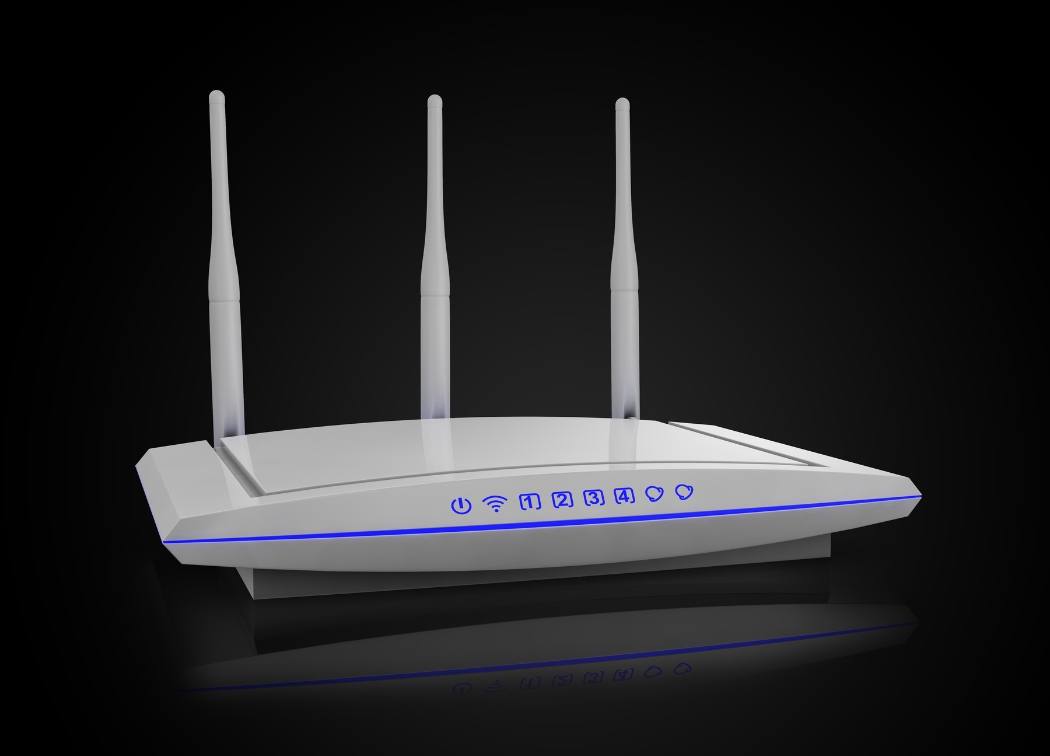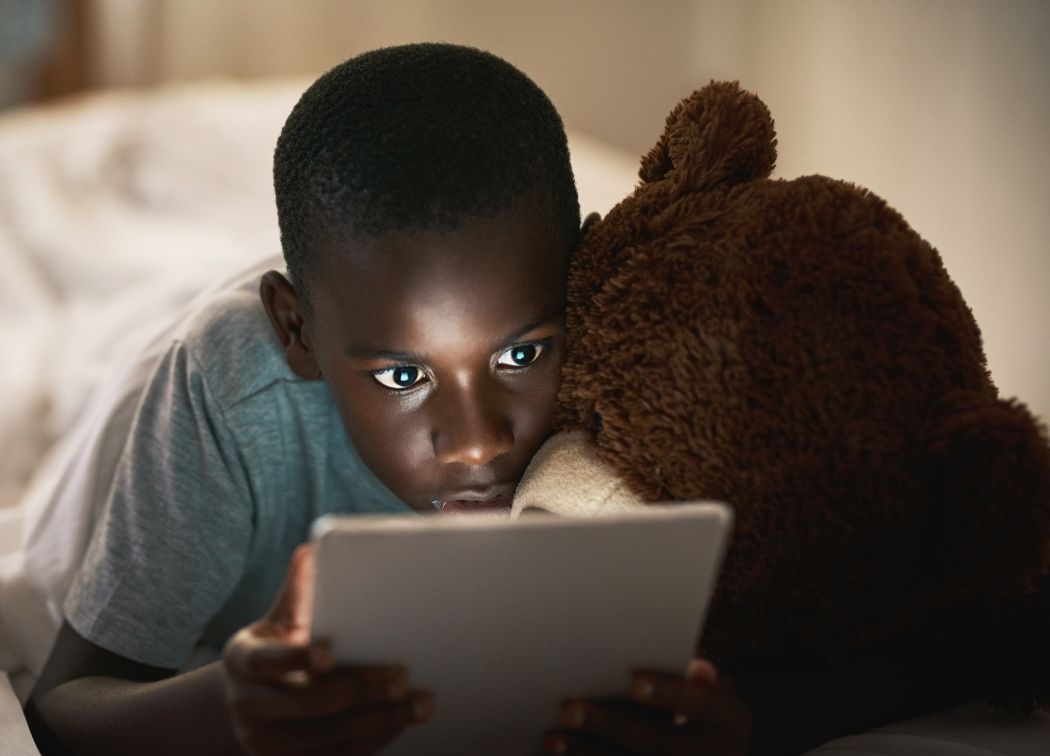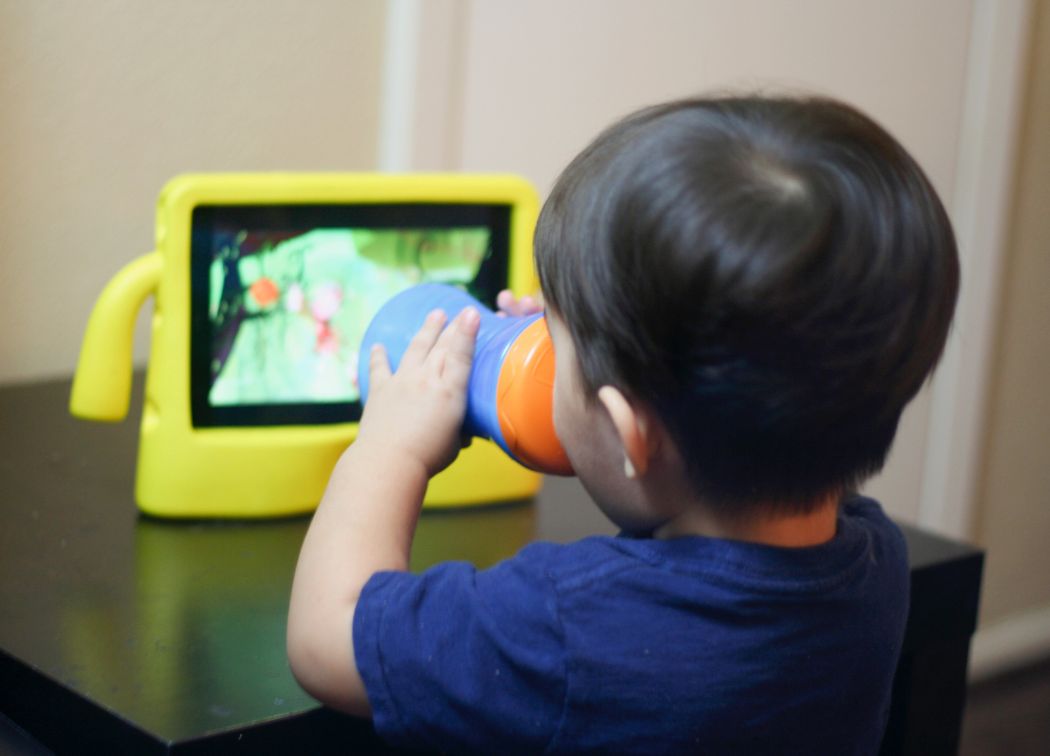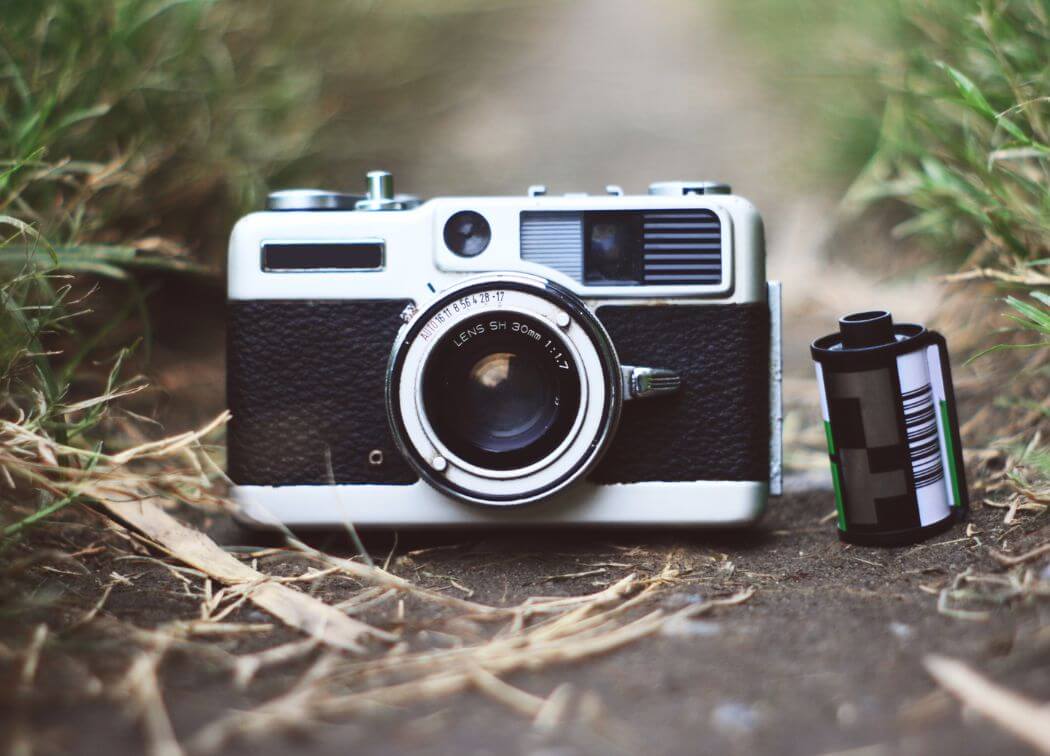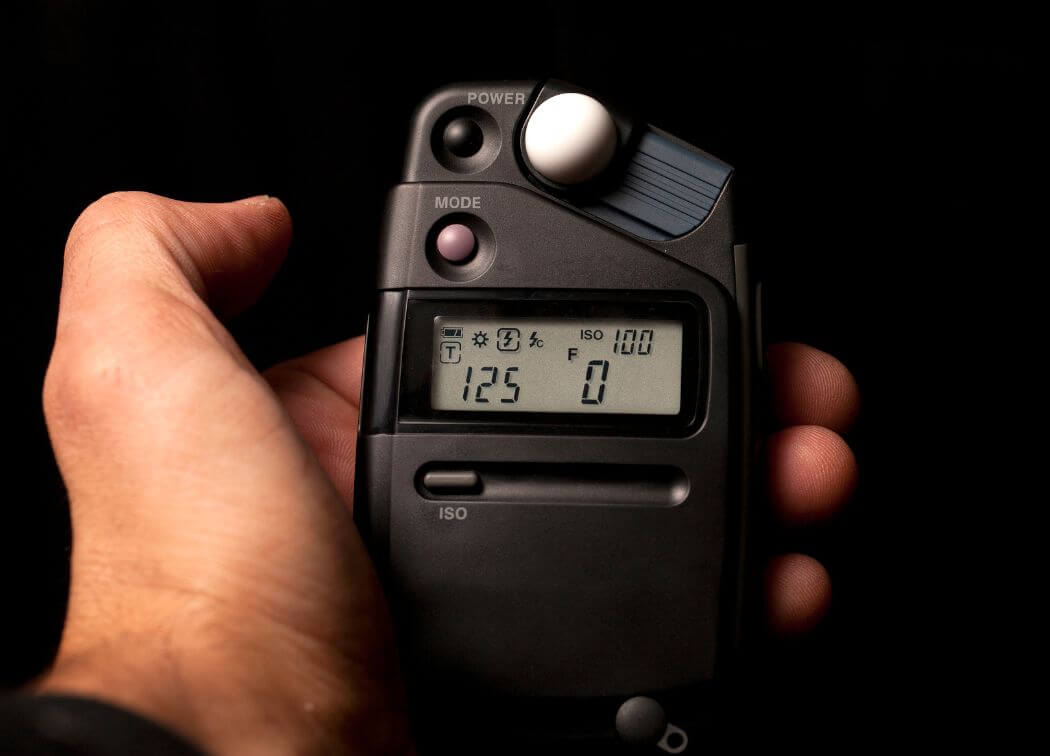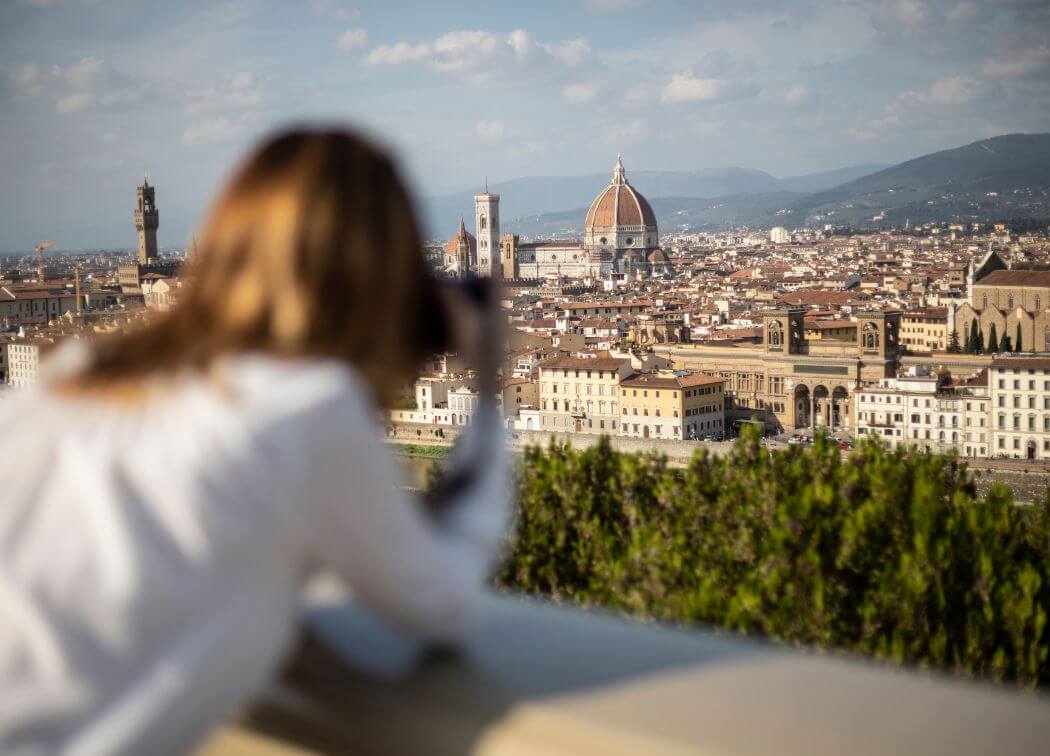The analog camera is on the comeback trail! Now that the vinyl record has already experienced its second spring, many people are finding that analog photography also offers very special charms. Interested but don’t know where to start?
Are you wondering how to find the right analog camera between SLR and rangefinder, 35 mm and medium format? Then you’ve come to the right place! I’ll tell you which 7 analog cameras stand the test of time.
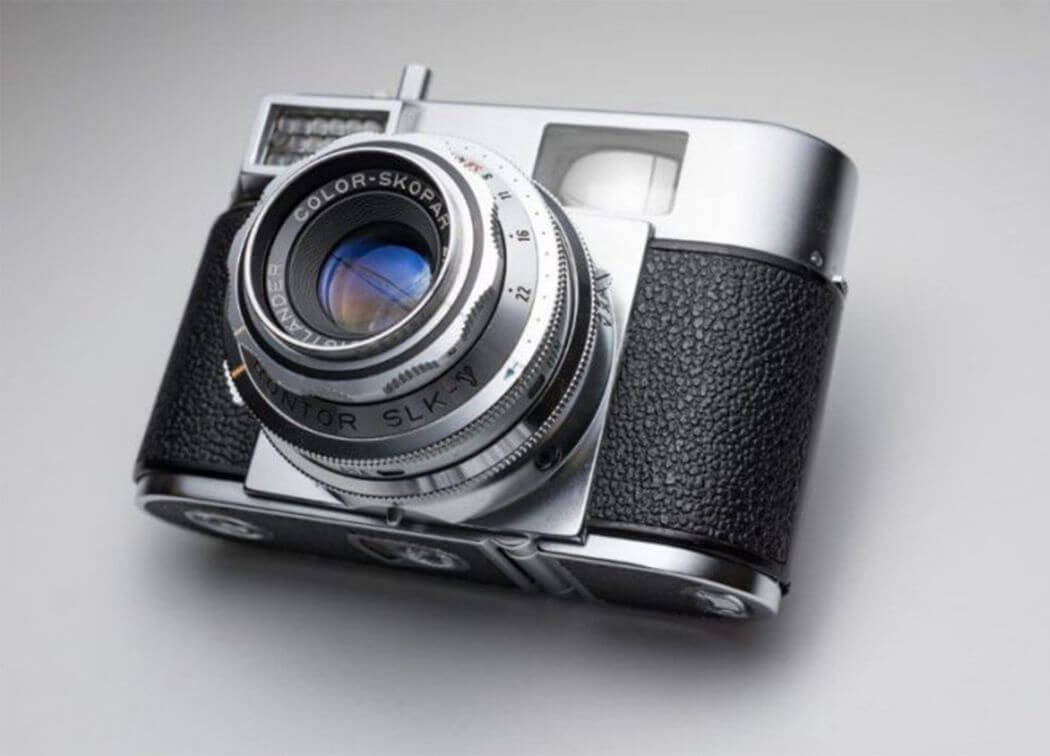
1. Canon AE-1
The Canon AE-1 is one of the best-known and most widely used 35 mm SLR cameras of all time. That is why it is at the top of this list. This model was manufactured from 1976 to 1984 and played a crucial role in the history of photography. It formed the link between professional and hobby photography.
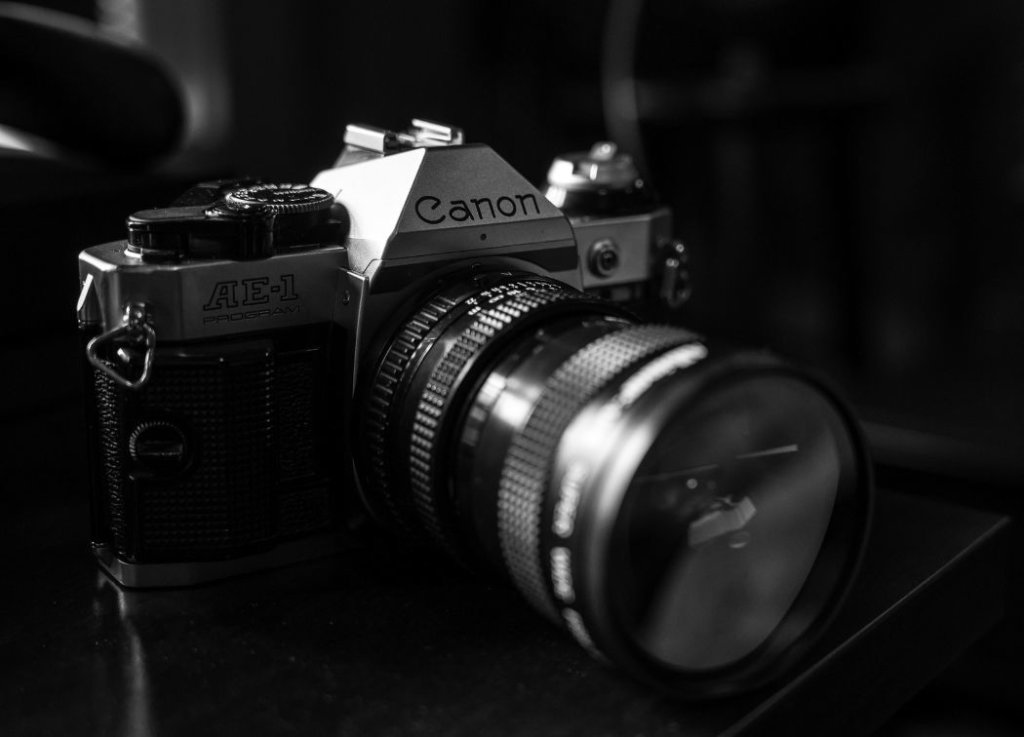
A Canon AE-1 is still relatively easy and inexpensive to find these days. Another advantage is the Canon FD lenses, which convince with fantastic quality at a low price. The successor model, the Canon AE-1 Program, offers some more advanced features like full auto mode and shutter priority. It’s also sure to get you started in analog photography.
2. Pentax K1000
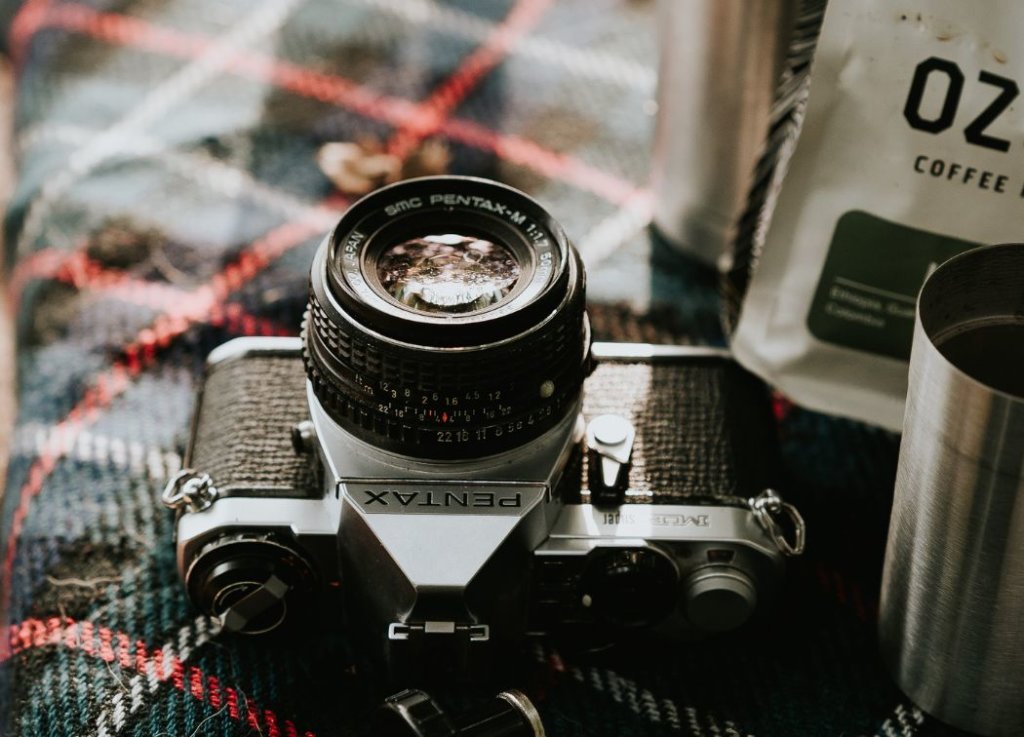
This analog camera with the film is often called the tank among cameras, and this nickname has its reasons. The camera body is completely made of metal and has a correspondingly proud weight. The big advantage of the Pentax K1000 is its simple functionality. All its functions are manual and limited to the essentials. You won’t be distracted by mysterious buttons and levers or confusing additional options.
The only prerequisite for success: you should know exactly how to use the camera manually – otherwise you will probably be less happy with it. Both the Pentax K1000 and matching lenses are easy and affordable to find.
3. Leica M6
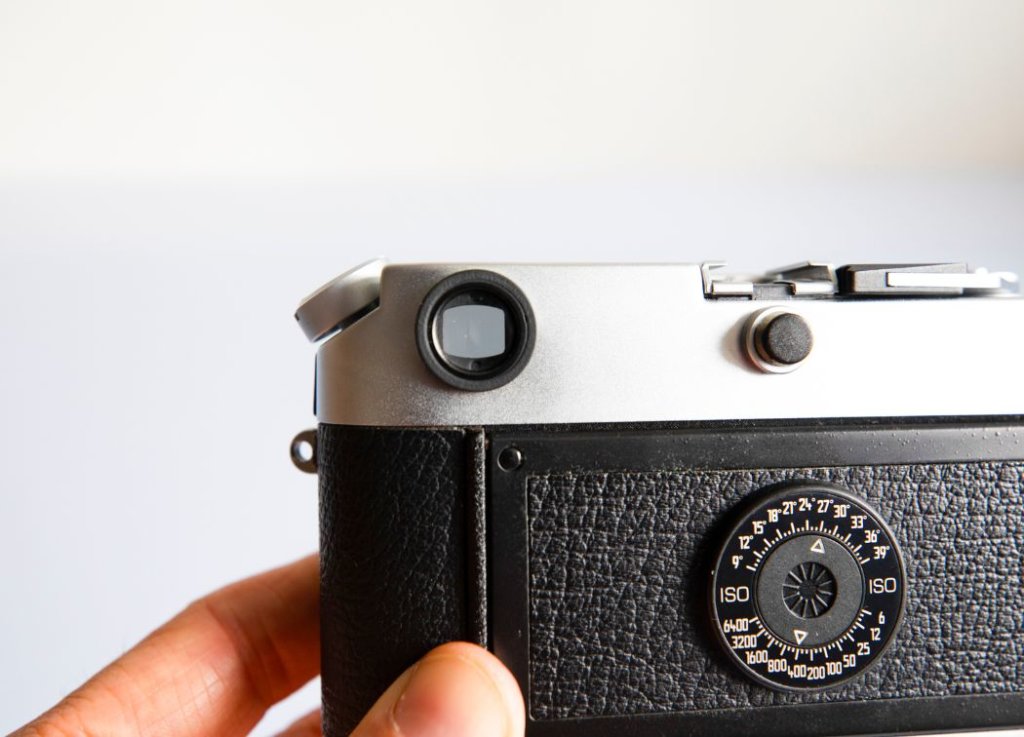
The Leica is generally considered the queen of analog cameras and has retained this title for over 100 years. Back then, Ernst Leitz brought out the first model, the Leica 1. However, the good reputation of the Leica does not only apply to film cameras but also to digital cameras like the Monochrom and M-P series.
The Leica M6 is a very special model and therefore one of the best-selling analog cameras of all time. It was produced in two different variants, M6 and M6 TTL. Both have TTL flash control, which makes them easy to use even for beginners.
Yes, the Leica M6 is the most expensive film camera on this list. However, I can promise you that it is worth every penny. Even old Leica models from 30 years ago still work like the first day and are almost indestructible. That also explains why they rarely change hands for less than $1000 even on eBay.
4. Olympus OM-1
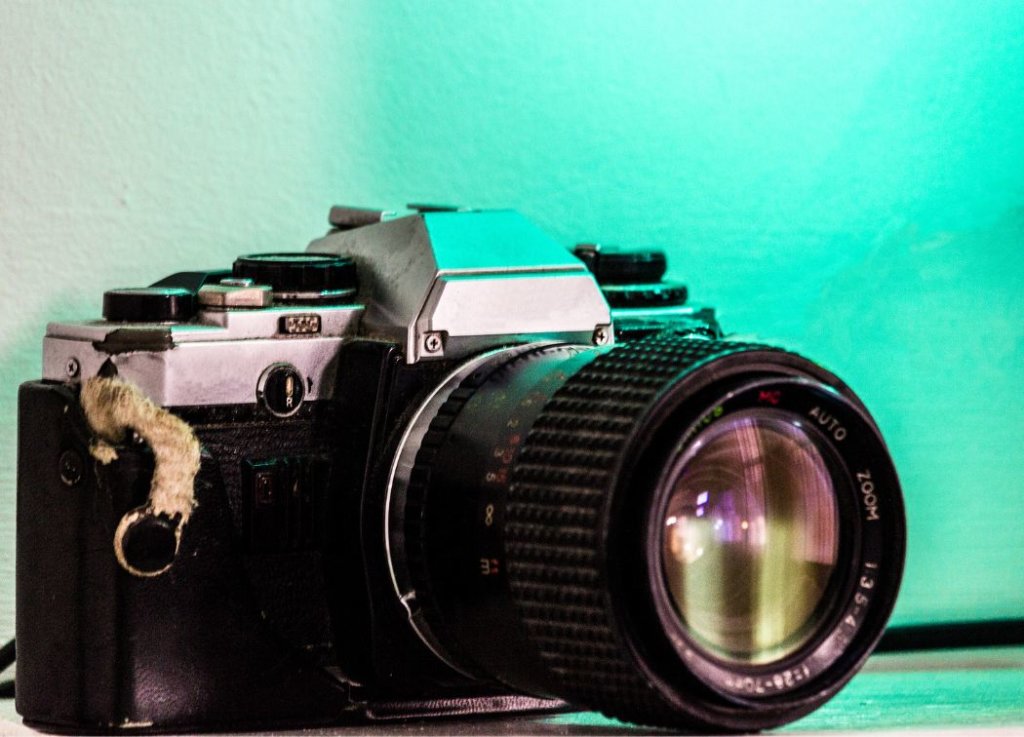
If you are not (yet) ready to invest in a Leica, but still do not want to give up the highest quality with optimal handiness, I have the solution for you. The Olympus OM-1 is often referred to as the “poor man’s Leica” because, despite its lower price, it is very high quality and compact, and light. In fact, it was originally called the M-1 but had to be renamed because the name was too similar to the Leica M series.
So if you’re on a budget, I highly recommend an Olympus OM-1 analog film camera. Not only the camera itself but also the high-quality Olympus OM lenses are still available today in large numbers and at very reasonable prices.
5. Canonet G III QL17
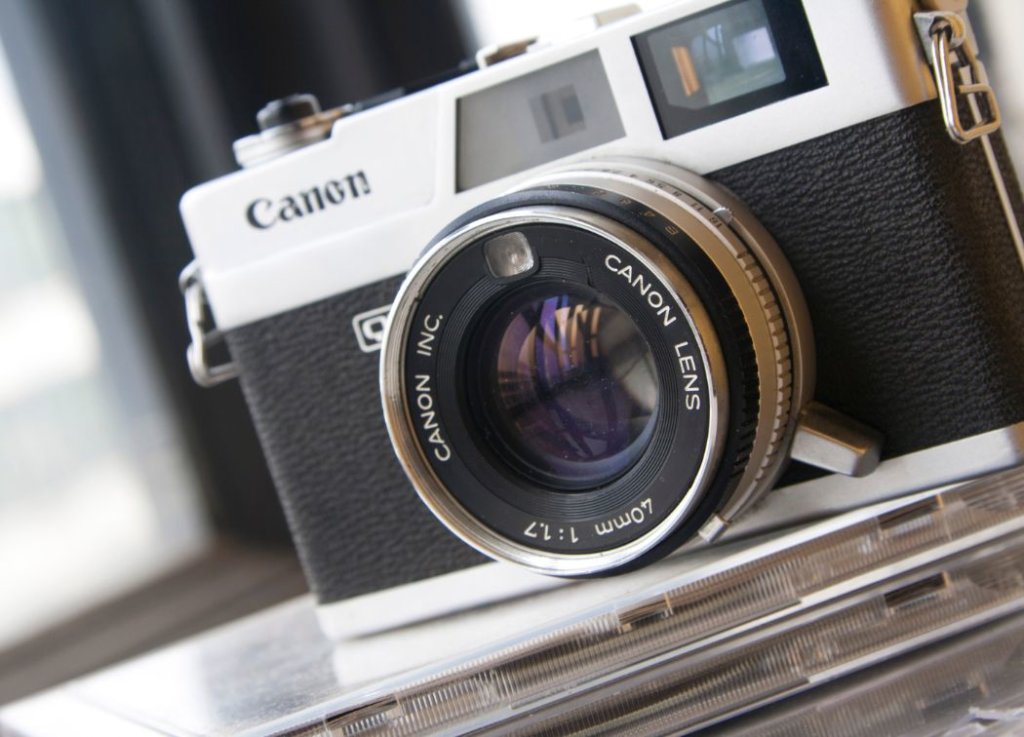
This film camera is certainly not an all-around super talent and should therefore only be part of your photo equipment. It is not particularly flexible when it comes to using lenses. In fact, it has a fixed lens that cannot be changed. Despite this, the Canonet G III QL17 is the best-selling rangefinder camera with a built-in light meter of all time. That is certainly no coincidence!
Between 1972 and 1982, Canon sold over 1.2 million units of this camera. One of their great advantages is the razor-sharp f/1.7 40mm lenses. They are also light, compact, and yet stable, which makes them optimal everyday companions.
The appealing looks and good image quality complete the overall package of a popular and powerful film camera. In fact, the Canonet QL17s are similar in many ways to the equivalent but much more expensive Leica models and are often compared to them. This direct competition was intentionally exploited by Canon in 1972 and contributed significantly to their sales success. If you’re into street photography a lot, this analog camera certainly has what it takes to become your best friend.
The Canonet G III QL17 has an internal light meter, but it NEVER really works correctly. I, therefore, advise you to use an app for your smartphone, an external light meter, or a very good knowledge of the SUNNY 16 rule.
6. Minolta X-700
When we talk about the best analog cameras, at least one model from Minolta should definitely not be missing. I have chosen the X-700 as the best consumer-oriented film camera with manual focus. It has both full auto and all manual modes, and an unbeatable viewfinder to boot. This makes it an absolute recommendation for beginners and hobby photographers, as well as for professionals and experts.
The only downside to this camera model is the limited lens selection. If you’re a beginner and don’t already own Minolta MD or MC mount lenses, I’d recommend one of the other models on this list. However, if you have lenses in your collection, or you can get them cheaply, the Minolta X-700 is certainly a great and very reliable option for you.
7. Nikon FM2
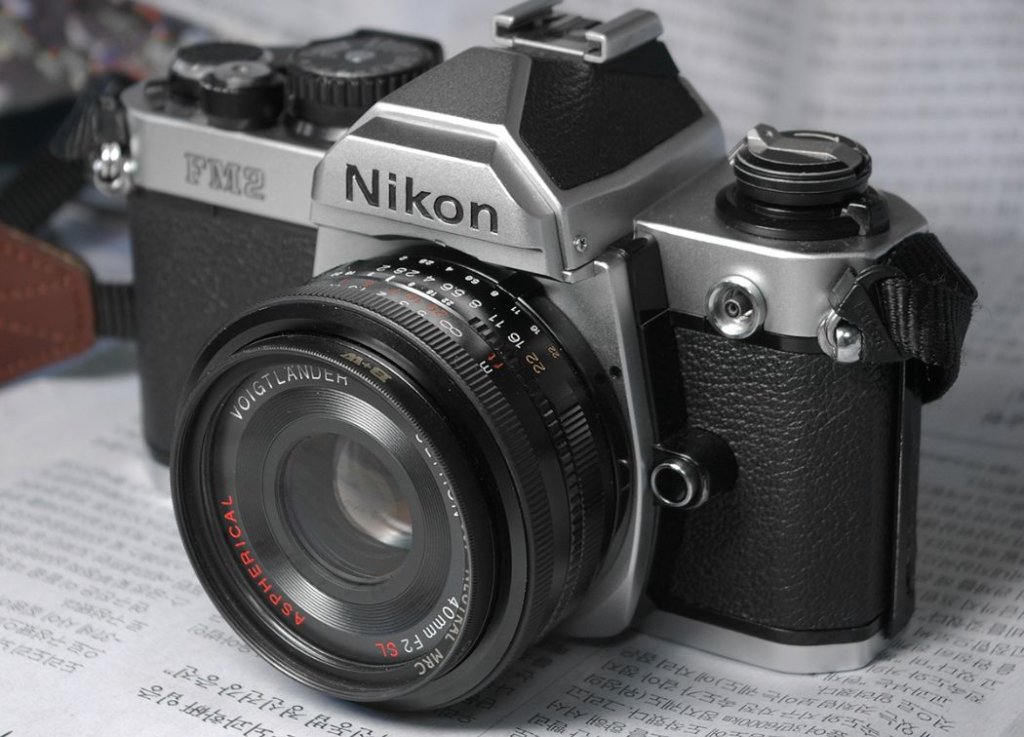
Last but not least, the Nikon FM2 film camera deserves a mention. It deserves an absolute top spot on this list because, quite simply, it works fantastically. A few of its merits are:
- Incredibly flexible shutter speed (up to 1/4000th of a second)
- Correct and accurate exposure metering
- Mechanical aperture (i.e. the battery is only used for exposure metering)
- Works with all Nikon F Mount lenses from 1977 (AF-S Nikkor, AF Nikkor, Nikkor AI-S, Nikkor AI, Nikon Series E etc.)
For me, the Nikon FM2 is an almost ideal camera. It does without too many unnecessary additional functions and instead convinces directly with its performance. The FM2 was developed at a time when professional simplicity was more important than a highly complex design with as many extras as possible.
This trend only started in the 1980s in order to attract as many customers as possible. The quality of the Nikon FM2 is clearly demonstrated by the fact that it has been used for years by photojournalists and professional photographers from all over the world because of its reliability and functionality. A recommendation could hardly be clearer!
Conclusion: Analog camera classics in comparison
Here again are my camera recommendations with advantages and disadvantages at a glance:
- Canon AE-1: reliable, affordable, good lens selection
- Pentax K1000: full manual, simple, stable, cheap, heavy
- Leica M6: virtually indestructible, very high quality, expensive
- Olympus OM-1: light, compact, very affordable
- Canonet G III QL17: extremely sharp, light, fixed lens, exposure metering inaccurate
- Minolta X-700: optimal viewfinder, automatic & manual, lenses rare and expensive
- Nikon FM2: versatile settings, large lens selection, professional quality
I hope this article has helped you get started with analog photography! With one of these timeless high-quality analog cameras, you will discover the world for yourself in a whole new way. Feel free to share your feedback or your own experiences with analog cameras in the comments!

